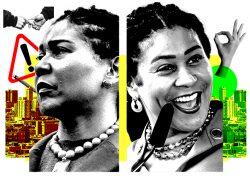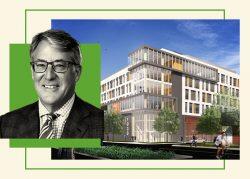Workers are trickling back to work in San Francisco more slowly than in Los Angeles and Austin.
Some 29 percent of offices were occupied as of mid-March, up from 10 percent during the omicron surge, the San Francisco Chronicle reported, citing security company Kastle. That’s below nine metropolitan areas tracked by the company including 38 percent in LA and 58 percent in the Texas capital.
While ridership on the Bay Area Rapid Transit system is inching upward, it’s still at 28 percent of its pre-pandemic level, compared with New York City’s 55 percent.
“It seems like this is a turning point, but expectations need to be set that it’s not going to be a sharp rebound,” Colin Yasukochi of CBRE’s Tech Insights Center told the newspaper. “The door closed. Now the door is open but people aren’t rushing back in.”
More than 20 companies with offices in the area pledged to return at least some of their workforce by March 7. San Francisco’s largest employer, Salesforce, brought back 1,000 workers last week.
The city is also on a public relations tear, hosting a program it dubbed BloomSF to highlight area destinations to boost downtown activity.
Data suggests the office landscape won’t return to pre-pandemic days. A Bay Area Council survey found that while 70 percent of about 200 employers planned to bring workers back to the office, just 15 percent expected they would be in the office five days a week.
San Francisco’s office vacancy rate stood at 19.9 percent during the final quarter of 2021, according to SocketSite.com, below the pandemic high of 20.5 percent in last year’s third quarter but well above 5.7 percent at the end of 2019.
“In the battle over the future of work, the forces of hybrid were completely dominant” and “routed” the five-day-a-week advocates, Stanford professor Nicholas Bloom said to the newspaper.
[San Francisco Chronicle] — Gabriel Poblete
Read more


